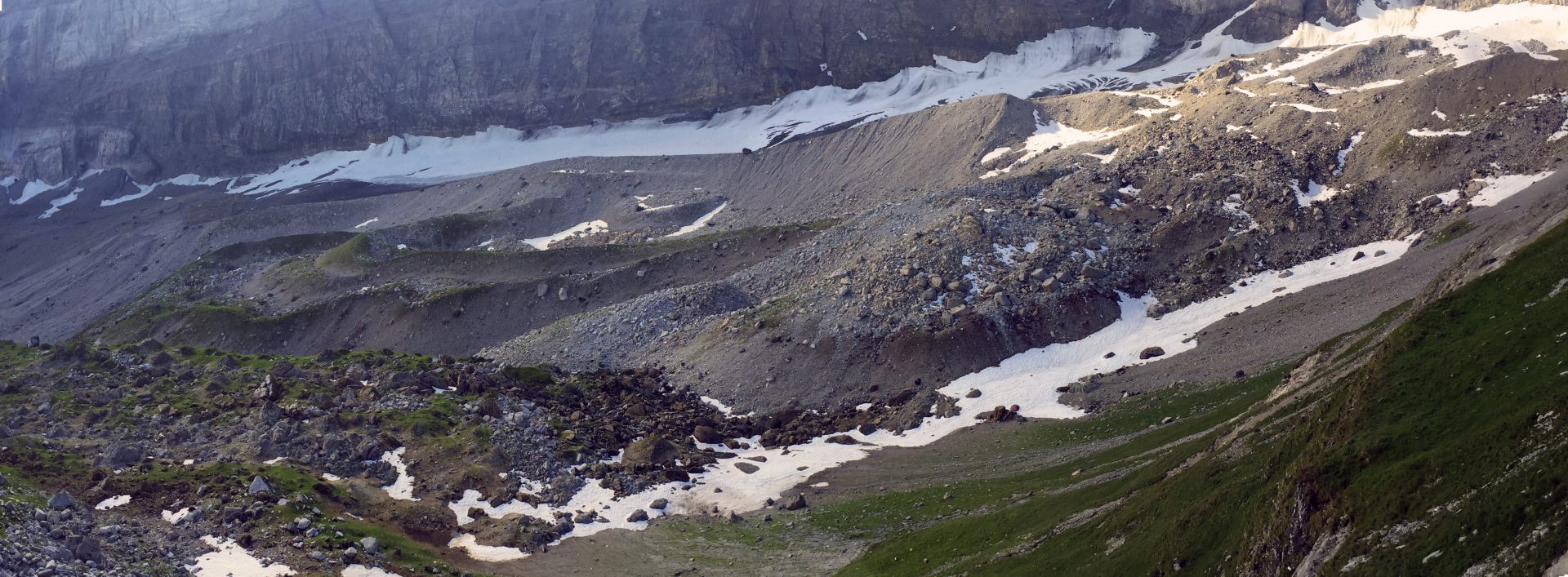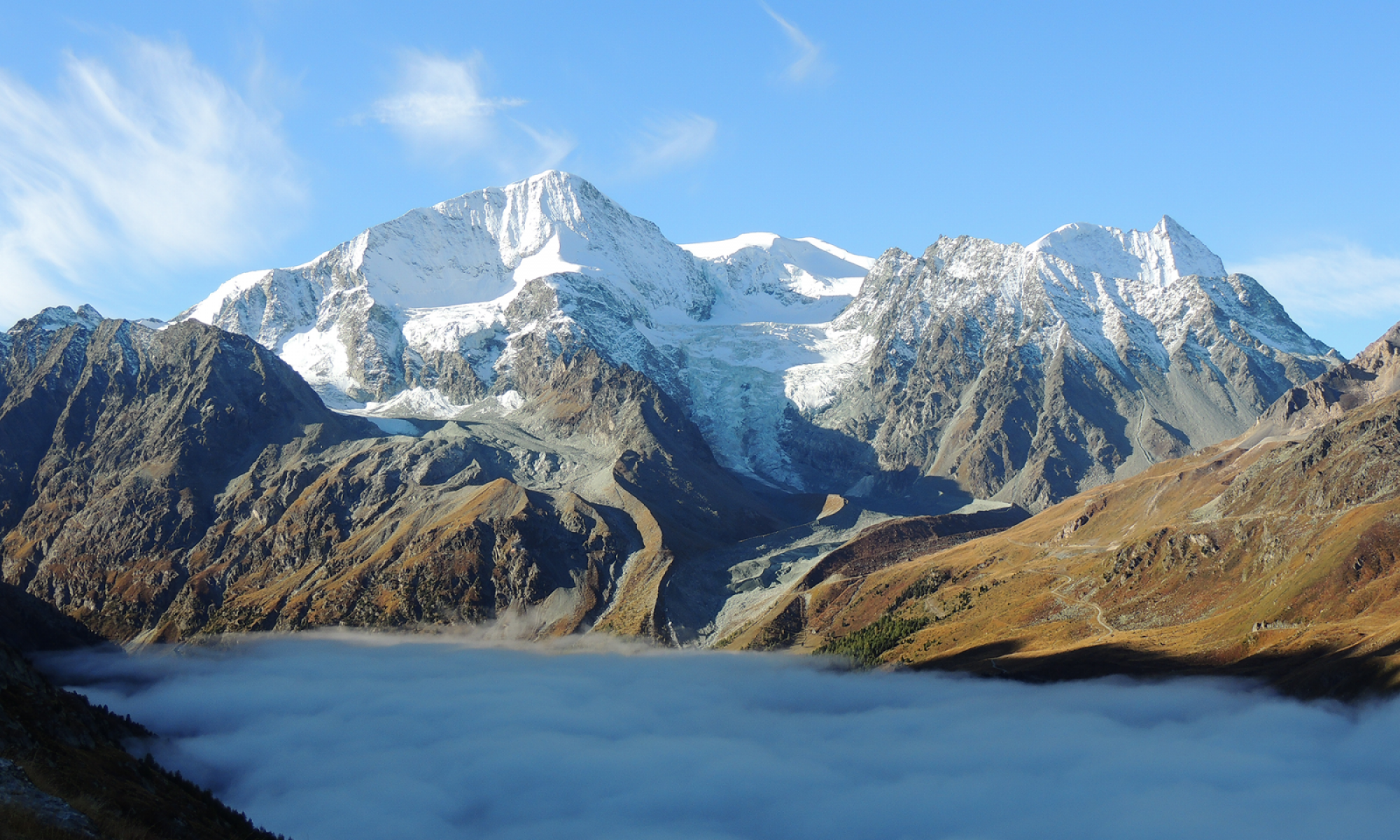Mission
Our group conducts studies aiming at a better understanding of how geomorphological processes – mainly periglacial and (para)glacial – drive landscape evolution in mountain areas and how climate change impacts these processes. A large part of our research deals with alpine permafrost and, more broadly, ground ice. For this we carry out field work studies mainly on the Western Swiss Alps, but also in the Southern Alps of New Zealand and South American Andes.
One of our objectives is to improve our knowledge on mountain permafrost distribution and to better understand the factors that control the occurrence of frozen grounds. We also investigate the interactions between (para)glacial and periglacial processes in the vicinity of small glaciers located in permafrost environments.
Our activities also concentrate on the study of slope movements in high mountain areas, by using high precision terrestrial surveying techniques (GPS/GNSS) and Unmanned Aerial Vehicles (UAV) platforms, as well as satellite remote sensing (e.g. InSAR data). In particular, we try to understand the factors that control rock glacier development and evolution, both at short time (current evolution) and long time (Holocene) scales.
In coordination with the Swiss Permafrost Monitoring network (PERMOS), we also monitor the thermal evolution, the rock glacier kinematics, and the ground resistivities in several sites located in the Valais Alps, to further understand permafrost evolution in the current context of climate change.

